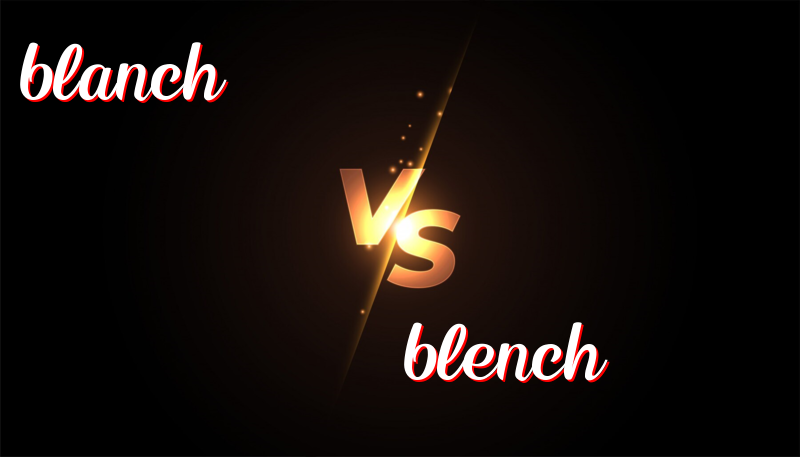Blanch vs. Blench: Understanding the Difference
Blanch vs. Blench: What’s the Difference?
History: The words “blanch” and “blench” have been around for a long time. “Blanch” comes from Old French, while “blench” has its origins in Middle English.
Usage: “Blanch” is often used when talking about cooking to describe a process of scalding food briefly, usually in boiling water. On the other hand, “blench” is used to mean to draw back or flinch in fear, surprise, or pain.
Trick to Remember the Difference: Think of “blanch” with the letter “a” in it, which can remind you of “cook” (a food-related task). Blench, on the other hand, has an “e” like in “fear” which can help you remember its meaning of drawing back in fear or surprise.
Examples of Using “Blanch”:
1. To make the perfect French fries, you need to blanch the potatoes first.
2. The chef will blanch the broccoli before adding it to the salad.
3. My grandma taught me how to blanch vegetables for dinner.
4. Remember to blanch the almonds before using them in the recipe.
5. Blanching the tomatoes will make them easier to peel.
Examples of Using “Blench”:
1. She couldn’t help but blench when she saw the spider crawling towards her.
2. The loud noise made him blench in surprise.
3. Don’t blench when I tell you what happened next.
4. His face blenched with fear as he entered the haunted house.
5. I could see her blench as she opened the mysterious package.
Summary: Use “blanch” when cooking or preparing food, and think of the “a” in the word. Use “blench” when someone is flinching or drawing back in fear, and remember the “e” in the word like in “fear.”

Leave a Reply
You must be logged in to post a comment.